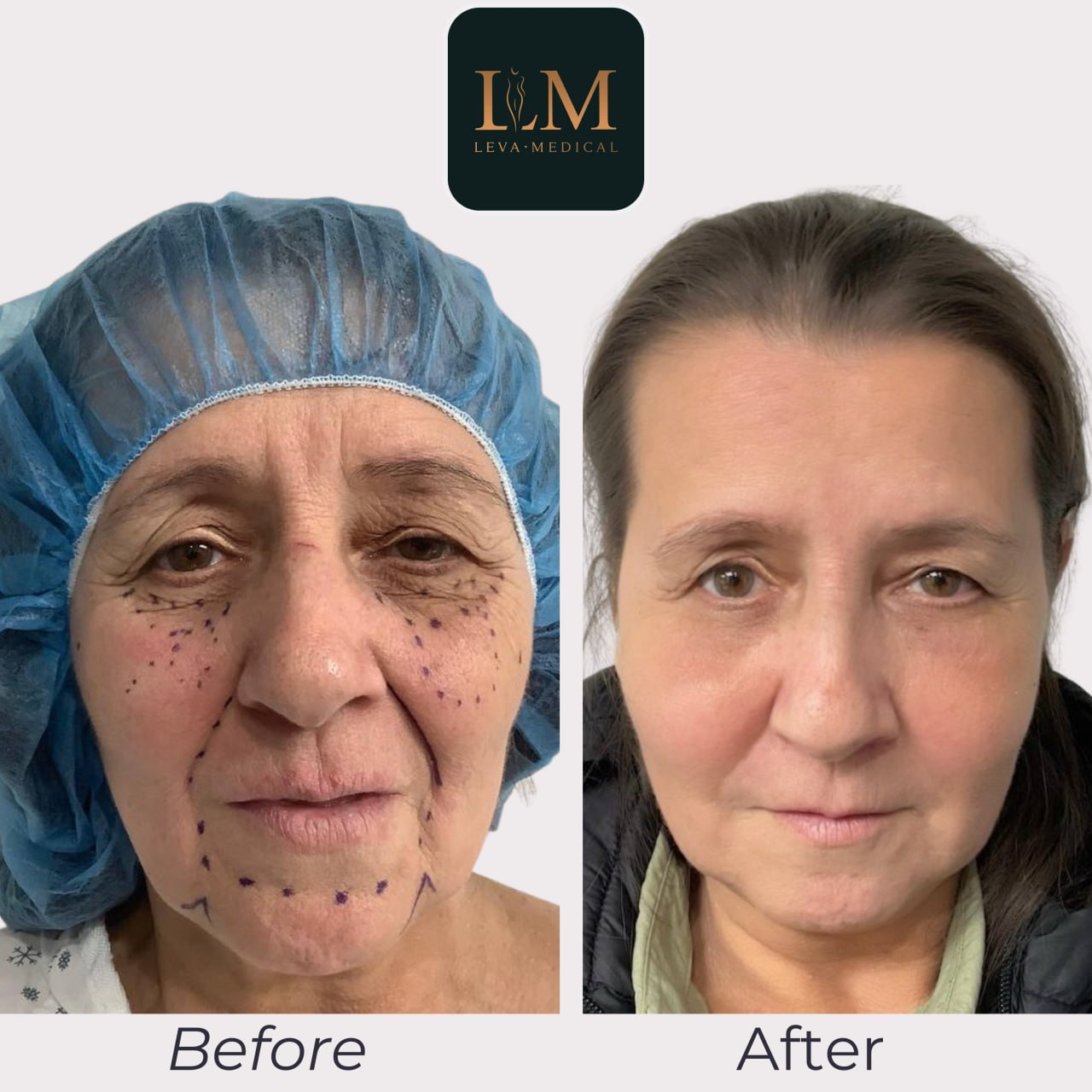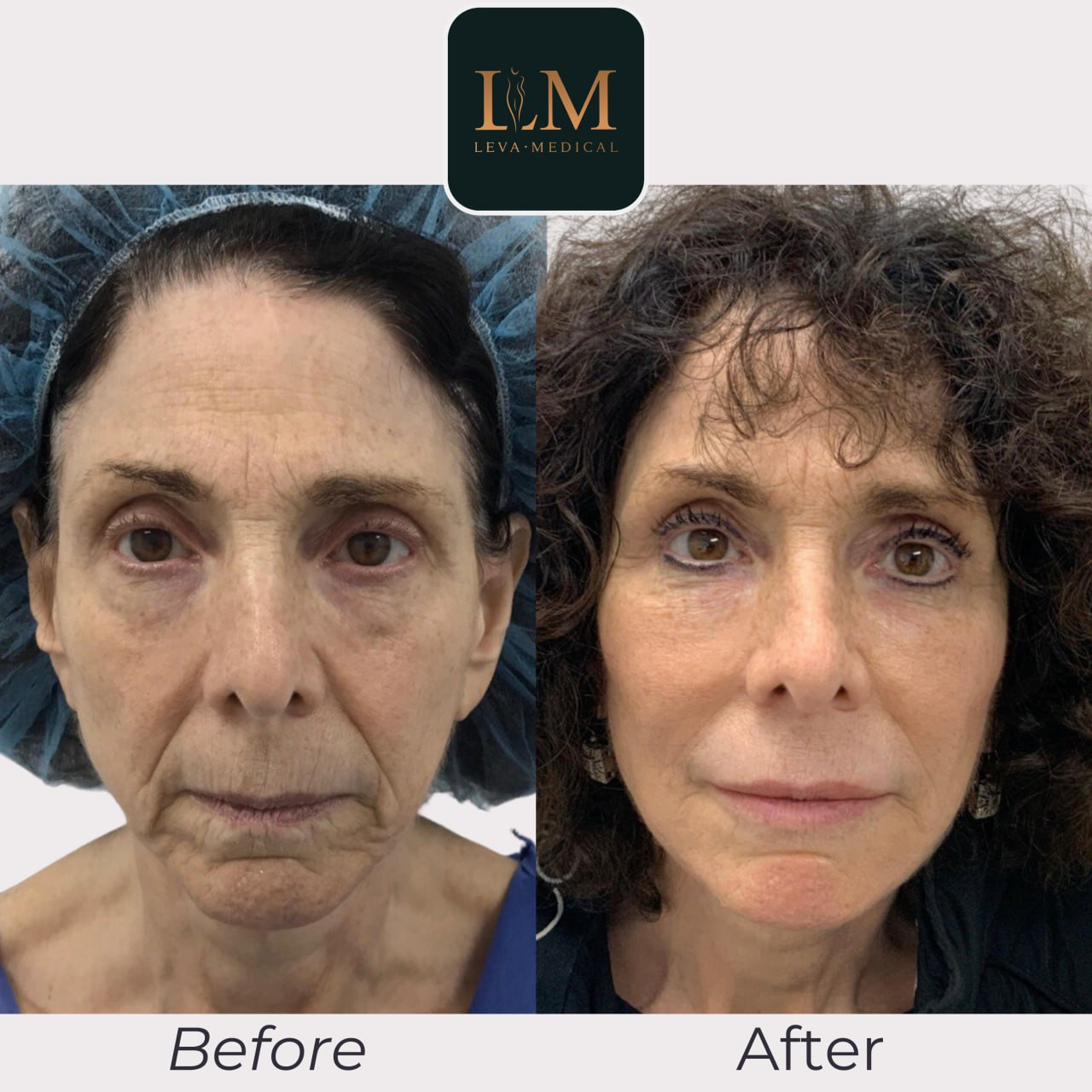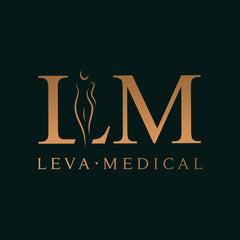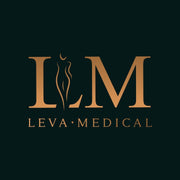Introduction to Facial Fat Transfer
Introduction to Facial Fat Transfer
Imagine achieving a more youthful and rejuvenated appearance, all by harnessing the potential of your body’s own fat cells. This is the transformative potential of fat transfer to face, a procedure that is reshaping the world of aesthetic medicine.
Key Takeaways
-
Facial fat transfer is a popular procedure used to restore volume and correct flaws in the face, leading to a more youthful appearance.
-
It offers natural, long-lasting outcomes with less invasiveness and shorter recovery time compared to other cosmetic treatments.
-
Results can remain for months or years making it an investment that requires careful selection of location & lifestyle choices as well as finding the right surgeon for optimal results.
Understanding Facial Fat Transfer

Facial fat transfer, also known as autologous fat grafting or autologous fat transfer, is a procedure that capitalizes on the body’s own fat reserves to restore volume and rectify flaws in the face. Injecting purified fat into strategic areas of the face combats volume loss due to aging, enhances facial contours, and smooths out deep lines and wrinkles, leading to a more youthful appearance. This process, commonly referred to as facial fat grafting, has become increasingly popular in recent years.
The Process
Facial fat transfer is a multi-step procedure that begins with liposuction. This initial phase involves extracting fat from a donor site on the patient’s body, like the abdomen, thighs, or buttocks. How is the ideal donor site determined? The surgeon meticulously assesses the patient’s body and aesthetic goals to identify the most suitable region for fat extraction.
The harvested fat then undergoes a purification process to isolate the healthiest cells. The purified fat cells are then carefully fat injected into the desired facial areas using a syringe, a process known as fat injection. The injection sites will depend on the patient’s specific needs and the aesthetic goals discussed during the initial consultation.
Benefits
Why choose facial fat transfer over other cosmetic treatments? For starters, the procedure employs the patient’s own fat cells. This not only eliminates the risk of allergic reactions associated with foreign materials but also ensures the outcomes look natural and harmonious.
Facial fat transfer is also considered less invasive compared to other procedures. It is performed under local anesthesia and requires shorter recovery time. This means you can resume your normal routine sooner.
Also, the results from facial fat transfer are long-lasting, making this procedure a worthy investment for those seeking lasting facial rejuvenation.
Donor Site Considerations
When it comes to selecting the perfect donor site for fat extraction, the surgeon considers the presence of abundant excess fat reservoirs and the desired patient outcomes. Commonly used donor sites include the abdomen, thighs, and buttocks, but the final choice ultimately lies with the surgeon.
The implications of choosing alternative donor sites also need consideration. Some factors to consider include:
-
The volume stability of the fat in the donor area
-
The availability of fat in the donor area
-
Some areas may possess more stable fat volume, leading to improved graft survival and longer-lasting results.
Comparing Facial Fat Transfer to Other Procedures

Navigating the landscape of cosmetic treatments can be overwhelming. Take dermal fillers, for instance. They offer a quick solution with instant volume, but how do they compare to facial fat transfer? While both can be effective for facial rejuvenation, facial fat transfer stands out due to its longer-lasting effect and the use of natural products, your own fat cells.
Additionally, facial fat transfer can be paired with other treatments like chemical peels or laser treatments for a more inclusive approach to facial rejuvenation.
Facial Fat Transfer vs. Dermal Fillers
Facial fat transfer is unique as it involves using your own fat cells, which makes the procedure safe and compatible with your body. Unlike dermal fillers that involve introducing foreign substances into the body, facial fat transfer uses autologous fat. This leads to longer-lasting results and a more natural look.
How long do these results typically last? While dermal filler injections need to be repeated every 12-18 months, the results from facial fat transfer can last for years. This difference in longevity makes facial fat transfer a preferred choice for many patients seeking enduring results.
Combining with Other Treatments
For those seeking comprehensive facial rejuvenation and facial fullness, combining facial fat transfer with other treatments can enhance the results. For example, a facelift can tackle sagging skin, while facial fat transfer fills in volume, resulting in a more comprehensive rejuvenation.
Non-surgical treatments can also be combined with facial fat transfer. For example, a chemical peel can enhance the texture and tone of the skin, while fat transfer adds volume. This combination can provide a comprehensive facial rejuvenation, addressing both skin quality and volume loss, giving you the best of both worlds.
Consultation and Treatment Plan

A thorough consultation marks the first step of your facial rejuvenation journey. During this session, your aesthetic goals, medical history, and the cost and payment of the procedure are discussed. It is essential to have a clear understanding of the entire process and assess your suitability for the procedure.
The discussion also includes pre-operative instructions, post-operative care, and anticipated duration of results.
Pre-Operative Instructions
Before the procedure, there are some vital steps to follow. For instance, you should abstain from taking any blood-thinning medications two weeks prior to the procedure. Furthermore, no allergy testing is necessary since the procedure uses your own fat cells, minimizing the risk of an allergic reaction. This simplifies the pre-operative process and enhances safety.
Another crucial factor to consider is smoking. Smoking can drastically reduce the likelihood of fat survival. Hence, discontinuing smoking or tobacco use three weeks prior to a facial fat transfer procedure is necessary. This small lifestyle adjustment can have a significant impact on the success of the procedure and the longevity of the results.
Post-Operative Care
Following the procedure, adhering to the postoperative instructions provided by the surgeon is important. You can anticipate swelling and bruising, which typically lasts for about two weeks. During this time, you should avoid massaging the treated area and sleeping face-down.
A few strategies can be employed to minimize swelling and bruising. Here are some tips:
-
Maintain a consistent weight to reduce swelling.
-
Sleep with your head elevated.
-
Use cold compresses on the treated area.
-
Avoid strenuous activities or exercise for the first few weeks after the procedure.
Following these guidelines can help ensure a smoother recovery and optimal results.
Longevity of Results
A significant advantage of facial fat transfer is the durability of results. The outcomes can remain for months to years, with some areas possibly necessitating supplementary treatments. Therefore, this procedure can be seen as a long-term investment in your appearance.
Though individual results may differ, several methods can boost the durability of facial fat transfer results. The location of the fat transfer can affect the result’s longevity, so it’s important to discuss this with your surgeon. Additionally, making healthy lifestyle choices, like having a balanced diet and regular exercise, can also contribute to the longevity of the results.
Potential Risks and Complications
As with any surgical procedure, facial fat transfer has potential risks and complications. Some of the potential issues to be aware of include:
-
Bruising
-
Edema
-
Infection
-
Contour irregularities
Choosing a qualified and experienced surgeon and carefully following all post-operative instructions can minimize these risks.
While rare, more serious complications such as fat embolism and blindness can occur. Being aware of these potential risks and prepared to act promptly in an emergency is vital. For instance, in the event of blindness resulting from fat grafting, urgent intervention is necessary and the patient should be transferred to the hospital without delay.
Choosing the Right Surgeon for Your Facial Fat Transfer

Choosing the right surgeon for your facial fat transfer is a vital step in your facial rejuvenation journey. The ideal surgeon should have qualifications and expertise in executing minimally invasive cosmetic procedures, particularly in the area of fat transfer. Verifying the surgeon’s board certification in plastic surgery and reviewing patient testimonials can offer insights into their skills and the potential procedure results.
Before & After Photos
Before and after photos are vital in evaluating a surgeon’s expertise. These photos provide visual evidence of the potential results and can help you set realistic expectations. They can demonstrate changes in facial volume, contour, and overall appearance, allowing you to visualize how your own face may look after the fat transfer.
However, bear in mind that individual results may differ, as each person’s anatomy and healing process is unique. Therefore, these photos should be used as a guide rather than a guarantee of results. Always consult with a qualified plastic surgeon to discuss your specific situation and potential outcomes.
Cost of Facial Fat Transfer
The cost of facial fat transfer can greatly vary, influenced by factors like the surgeon’s expertise, the operation location, any additional procedures performed along with the fat transfer, and the procedure’s complexity. The overall cost usually encompasses the surgeon’s fee, anesthesia fee, facility fee, and any necessary follow-up appointments.
Understanding these costs aids in budget planning and exploring financing options.
Factors Affecting Cost
The surgeon’s expertise, geographical region, and procedure scope are key factors influencing the cost of facial fat transfer. More experienced surgeons typically charge higher fees for their services, and the cost may also vary depending on the city or country where the procedure is performed.
The extent of the procedure can also affect its cost. For instance, the amount of fat required, the location of the procedure, and the specific practice can all influence the final price. In addition to the procedure itself, hospital fees, anesthesia fees, and any additional medications or post-operative care should also be taken into consideration.
Summary
Facial fat transfer offers a unique solution for facial rejuvenation, using your own fat cells to restore volume and enhance facial contours. It’s a safe, less invasive procedure that can yield natural-looking, long-lasting results. However, the procedure comes with its own set of risks and complications, and it’s important to choose a qualified and experienced surgeon. With careful planning, understanding of the procedure, and adherence to pre and post-operative instructions, facial fat transfer can be a worthwhile investment in your appearance.
Frequently Asked Questions
How long does fat transfer to face last?
Fat transfer to face usually produces permanent results after about nine months, although weight changes and aging may still have an effect. In contrast, dermal fillers last a matter of months.
What are the disadvantages of fat transfer to the face?
Fat transfer can cause bruising and swelling that may last longer, require anesthetics for the liposuction process, and be less effective at filling fine lines around the mouth.
What is fat transfer to face gone wrong?
Fat transfer to face gone wrong is overfilling or not creating a natural look. It can also cause facial dysmorphia and psychological distress in some cases.
Does fat transfer to face feel hard?
Fat transfer to the face typically results in a degree of firmness that may be mistaken for hardness, however this should subside over time and the area will not remain hard.
How does facial fat transfer compare to dermal fillers?
Facial fat transfer utilizes your own fat cells, offering more natural-looking results that are longer-lasting than those of dermal fillers.




